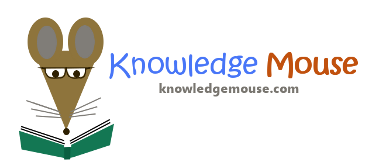
Create your own quiz |
Back to quiz sheets
Quiz Yourself Online With These Questions | Try Out the QuizGame Android App
Create an Embedded / Hosted Online Quiz With These Questions
Quiz Yourself Online With These Questions | Try Out the QuizGame Android App
Create an Embedded / Hosted Online Quiz With These Questions
When you're ready to print, just click this button: Make Print-Friendly
Metalloids
Created by JYpratt
-
Metalloids are located to the right of the post-transition metals and on the left of non-metals.A. True B. False
-
What colum of the period table is Germanium in?A. Seventh B. Twenty-first C. Fourteenth D. Twenty-Seventh
-
What do Scientists think that Boron has the potential to treat?A. Arthritis B. Ehlers Danlos Syndrome C. Adrenal Insuffienicy D. Asthma
-
These are liquid under standard conditions.A. False B. True
-
When Arsenic is combined with what element it can produce arsenic trioxide?A. Oxygen B. Carbon Dioxide C. Boron D. Hellium
-
What is the Phase of Silicon at room temperature?A. Liquid B. Gas C. Solid D. Slime
-
What kind of line does the Metalloids form on the periodic table?A. Diagonal B. Straight C. Curve D. None of these

Metalloids (Answer Key)
Created by JYpratt
-
Metalloids are located to the right of the post-transition metals and on the left of non-metals.A. True B. False
-
What colum of the period table is Germanium in?A. Seventh B. Twenty-first C. Fourteenth D. Twenty-Seventh
-
What do Scientists think that Boron has the potential to treat?A. Arthritis B. Ehlers Danlos Syndrome C. Adrenal Insuffienicy D. Asthma
-
These are liquid under standard conditions.A. False B. True
-
When Arsenic is combined with what element it can produce arsenic trioxide?A. Oxygen B. Carbon Dioxide C. Boron D. Hellium
-
What is the Phase of Silicon at room temperature?A. Liquid B. Gas C. Solid D. Slime
-
What kind of line does the Metalloids form on the periodic table?A. Diagonal B. Straight C. Curve D. None of these

When you're ready to print, just click this button: Make Print-Friendly
